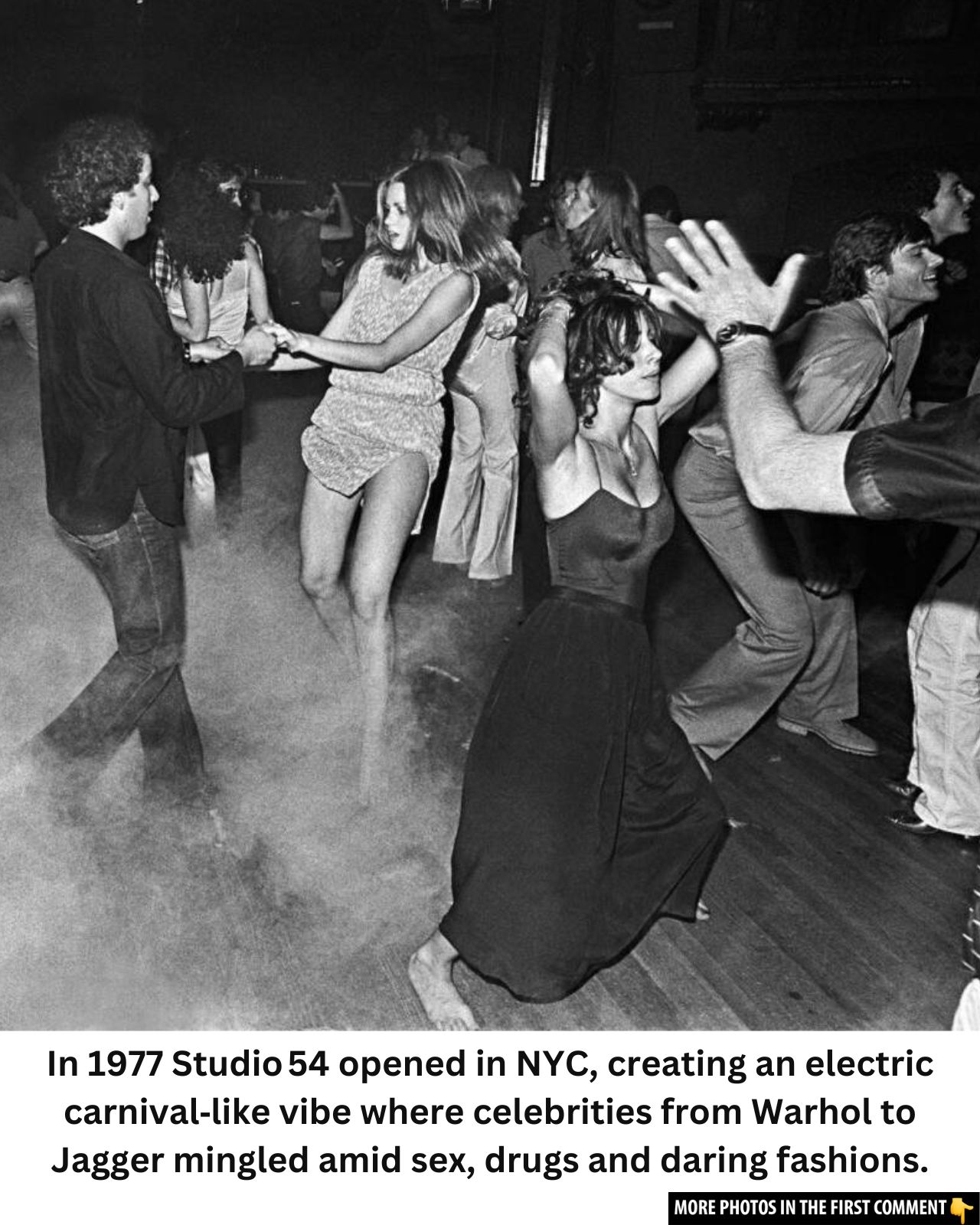Studio 54 wasn’t just a nightclub—it was a cultural revolution. When it opened its glittering doors in 1977, it quickly became the heartbeat of New York’s nightlife scene, a place where celebrities and everyday revelers mingled in a whirlwind of excess, freedom, and unforgettable moments. The club wasn’t just about the music or the fashion; it was about living in the moment, breaking boundaries, and rewriting the rules of what a night out could be. As we look back on its golden era, Studio 54 remains an iconic symbol of creativity, hedonism, and unapologetic expression.
The Birth of Studio 54: A New Era in New York’s Nightlife
Studio 54 opened its doors on April 26, 1977, to an eager New York crowd ready to experience something unlike anything the city had ever seen. The club’s founders, Steve Rubell and Ian Schrager, had a clear vision—create a space where creativity could flow freely, where the rules of the conventional nightlife could be bent or even broken. Rubell, with his background in the restaurant industry, and Schrager, with his flair for design, teamed up to build a nightclub that would become the blueprint for the modern party scene.

From the beginning, Studio 54 was all about excess. The venue itself, located at 254 West 54th Street in Manhattan, was housed in what had once been the CBS television studios. Inside, the club featured a massive dance floor, a towering disco ball, and a lighting system that would leave every guest feeling like a star. The club became synonymous with the new wave of nightlife, characterized by pulsating beats, extravagant fashion, and free-spirited revelry. And it wasn’t just the venue that was out of this world—Studio 54 quickly became home to some of the most influential figures in pop culture, from the world of music, fashion, and art.
Video
Watch the video to step inside Studio 54’s iconic disco scene of 1978!
Celebrities at Studio 54: The Who’s Who of New York’s Glittering Elite

No other club in New York could boast a guest list like Studio 54. It wasn’t uncommon to see Diana Ross, Andy Warhol, or Liza Minnelli on the dance floor, rubbing elbows with ordinary party-goers. The club’s exclusivity and reputation for decadence made it a magnet for celebrities. A night out at Studio 54 wasn’t just about dancing; it was about being seen. Celebrities like Cher, Bianca Jagger, and Grace Jones would regularly make appearances, their entrances often as memorable as the parties themselves.
One of the most iconic moments in Studio 54’s history was Bianca Jagger’s entrance on a white horse in 1977. This extravagant arrival became a defining image of the club’s rebellious and over-the-top atmosphere. Jagger’s entrance wasn’t just a spectacle—it encapsulated the spirit of Studio 54: grand, daring, and utterly unforgettable. Whether it was fashion icon Yves Saint Laurent rubbing shoulders with designer Halston, or rock stars like Mick Jagger and David Bowie partying until dawn, Studio 54’s reputation as the ultimate celebrity playground only grew.
Iconic Studio 54 Parties: Glamour, Excess, and Unforgettable Memories
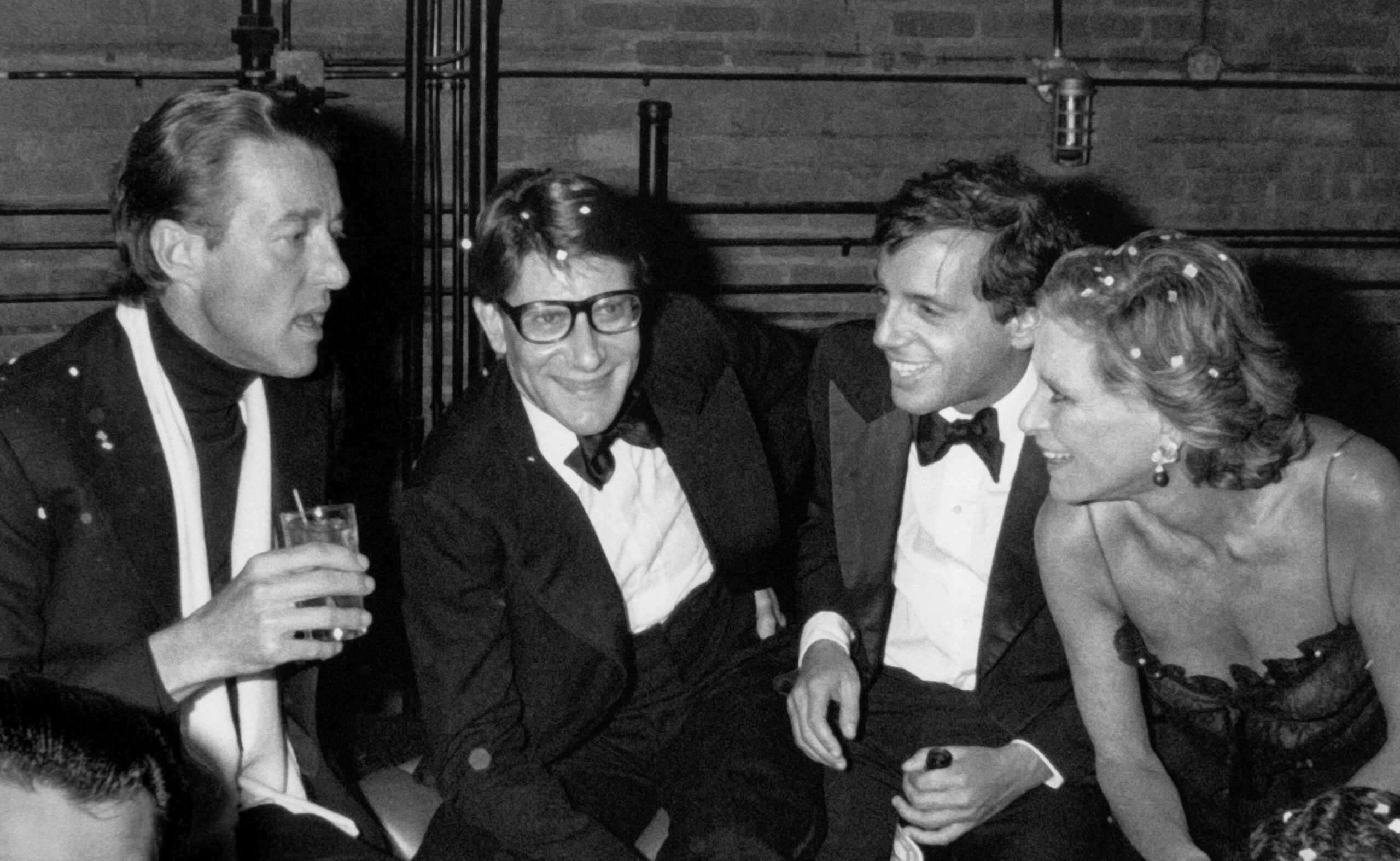
The parties at Studio 54 weren’t just about music and dancing—they were full-on performances. The atmosphere was electric, charged with a sense of liberation and a taste for the extravagant. Every night seemed to promise something new—unexpected performances, eccentric outfits, and a hedonistic energy that could only exist in a club like this. The music was a mix of disco, funk, and the early beats of electronic dance music, all amplified by the club’s incredible sound system.

Studio 54 was more than a club; it was a stage for some of the most surreal spectacles ever witnessed in nightlife history. From impromptu fashion shows to the mind-blowing lighting design that would often leave party-goers in a daze, the club was a visual and auditory feast. And at the heart of it all was the music, with legendary DJs like Larry Levan spinning tunes that made the night feel like a dream.
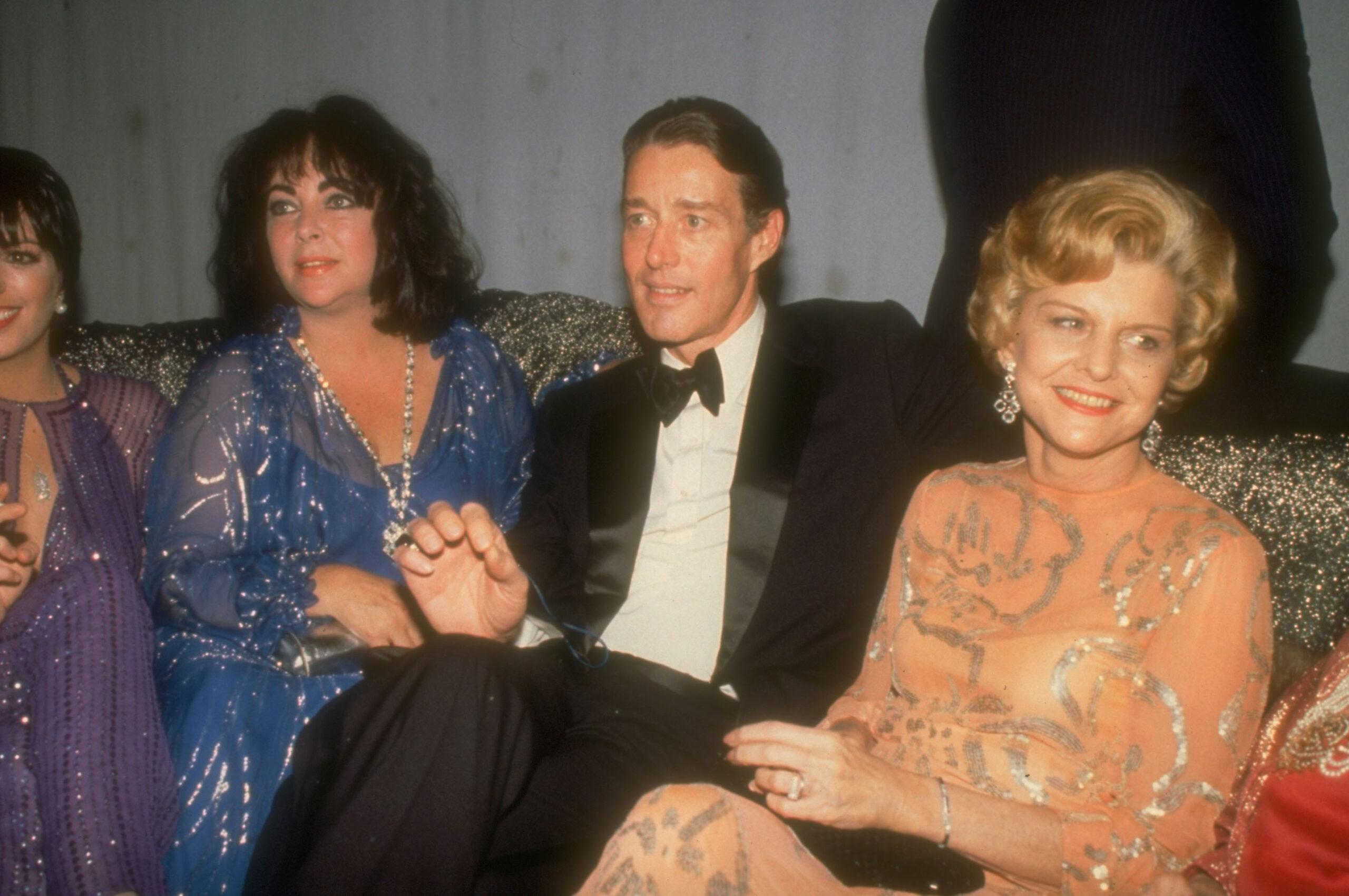

Studio 54 Fashion: Disco Balls, Glitter, and Glamour

Studio 54 wasn’t just a place to dance—it was a place to express yourself, and fashion played a huge role in that. The club’s fashion scene was as iconic as its music, with revelers showing up in extravagant outfits that ranged from glamorous disco dresses to flamboyant, out-of-this-world ensembles. The allure of Studio 54 was that it encouraged its guests to wear whatever made them feel fabulous. Sparkling sequins, tight leather, and outlandish accessories were common sights at the club. It wasn’t just about looking good—it was about making a statement.
The fashion at Studio 54 wasn’t just limited to the guests. Celebrities, designers, and artists took inspiration from the club’s bold energy and started pushing boundaries with their own designs. The likes of Halston, who designed for some of the most famous stars of the time, became synonymous with Studio 54’s glamorous, larger-than-life fashion aesthetic. The club’s influence on fashion during the 1970s can still be felt today, as designers continue to draw inspiration from the glamorous, rebellious spirit of that era.
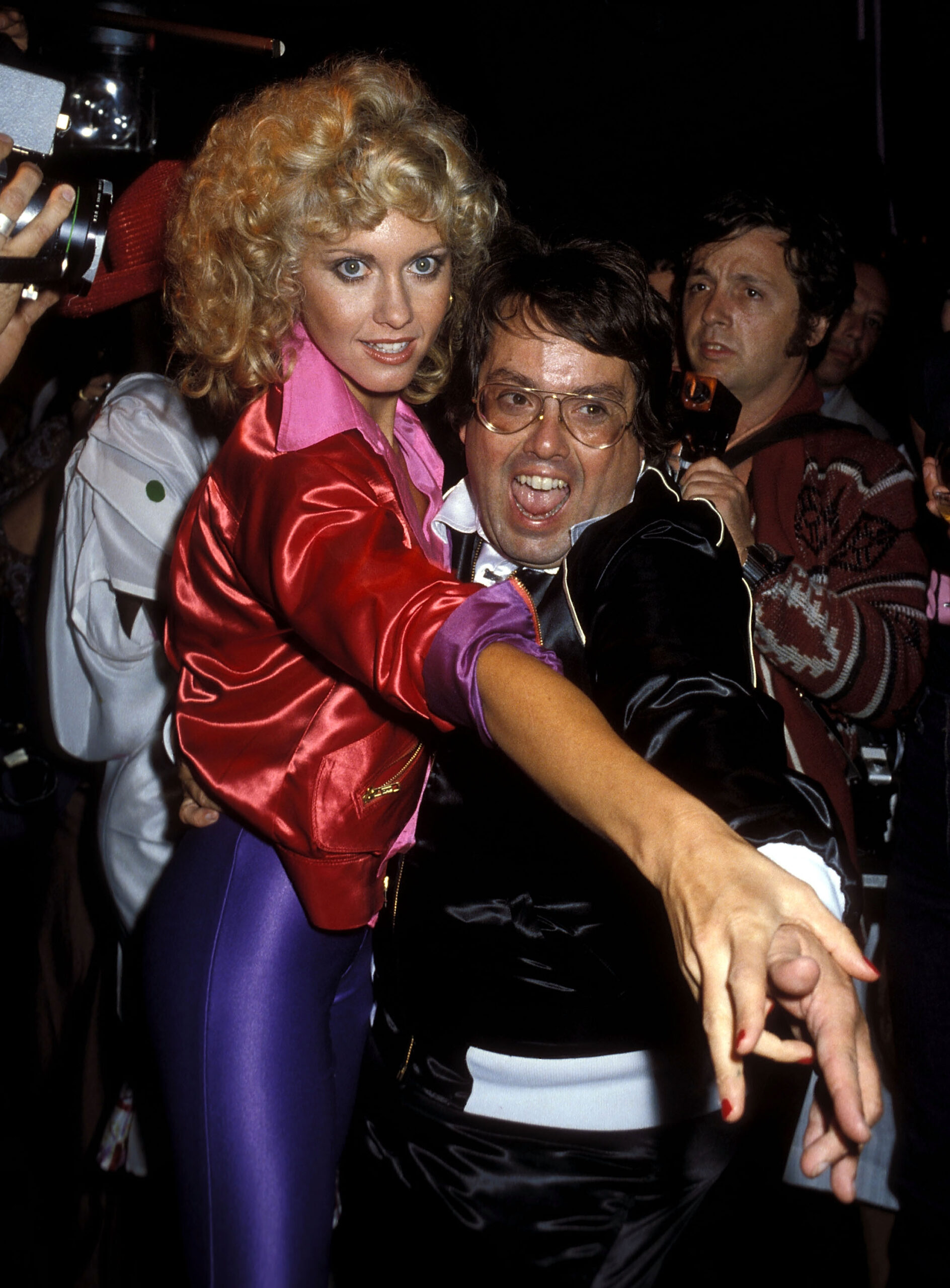
The Downfall of Studio 54: The End of the Golden Era
By 1980, Studio 54’s reign was coming to an end. Despite its cultural significance, the club faced numerous challenges—financial issues, legal battles, and, of course, the rampant hedonism that came to define its legacy. In 1979, Steve Rubell and Ian Schrager were arrested for tax evasion, and the club was forced to close for a time. Though it reopened briefly under new management, it never regained the same legendary status.

The downfall of Studio 54 was symbolic of the end of an era. The 1980s brought with it a new wave of cultural change, and Studio 54’s once-glittering world of excess and rebellion faded away. However, its legacy continues to inspire and captivate. It remains a cultural touchstone that shaped not just the nightlife scene, but also broader social movements around freedom, creativity, and expression.
Studio 54’s Lasting Legacy: How It Shaped Modern Pop Culture
Studio 54’s impact goes far beyond its brief but iconic existence as a nightclub. It laid the foundation for what we now recognize as the modern nightlife scene, pioneering celebrity-driven entertainment and over-the-top parties that became the gold standard. The club also played a pivotal role in elevating the disco movement, influencing both the music and fashion that would define the 1970s. However, Studio 54’s most enduring legacy may be its unrestrained spirit—the belief that anything was possible, that boundaries were made to be broken, and that freedom of expression should always take center stage.
Even now, the story of Studio 54 continues to captivate us, with its wild nights and cultural shifts still serving as a reference point in movies, documentaries, and books. These portrayals offer a glimpse into a world where the lines between fantasy and reality blurred, where the unexpected was the rule, not the exception. As the anniversaries of the club roll by, the legend of Studio 54 only grows stronger, reminding us of a time when New York City’s nightlife was truly unbounded.
Now, let’s dive deeper into the heart of Studio 54’s unique atmosphere and its unforgettable moments, captured in the vivid images that showcase the very essence of this legendary venue.















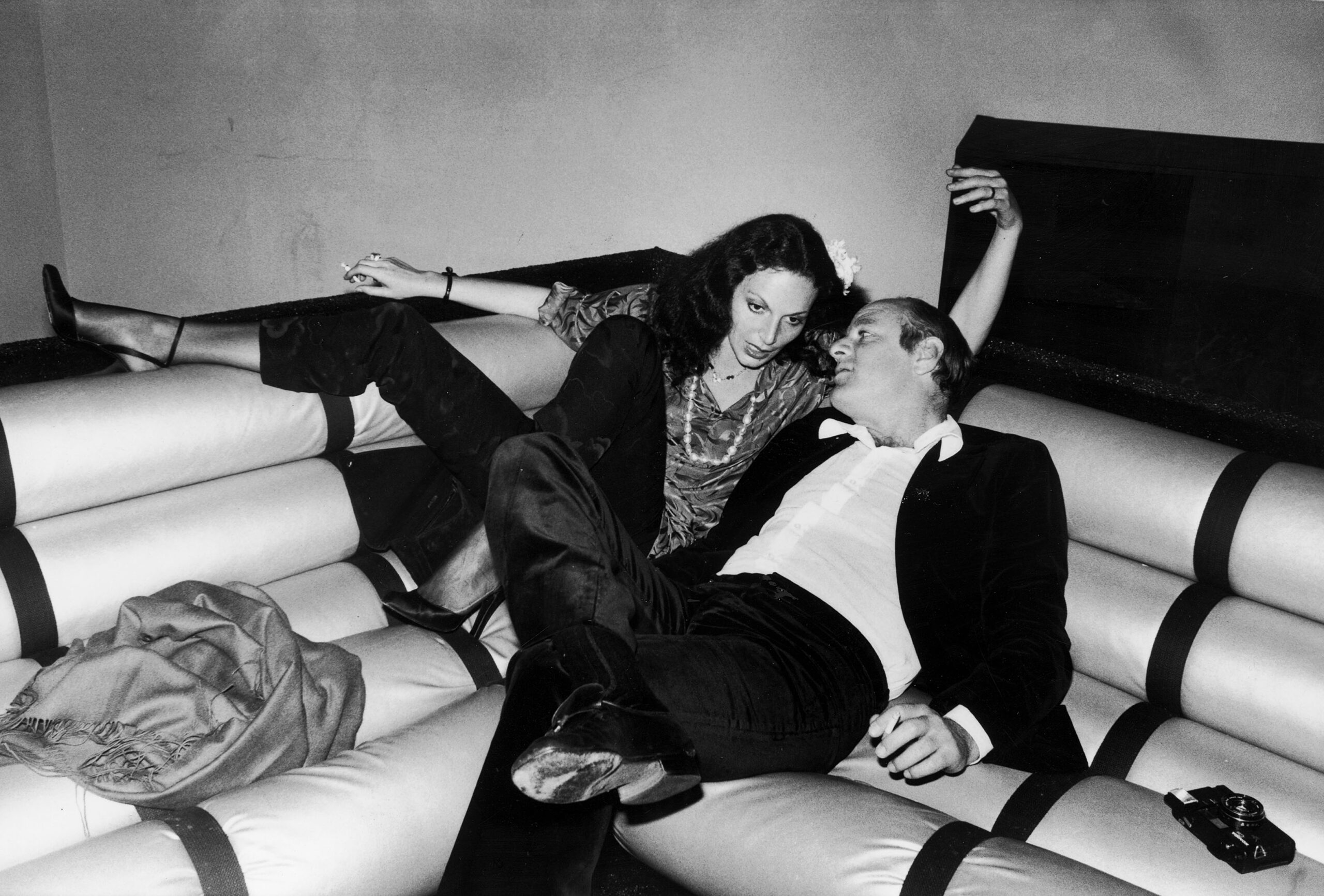
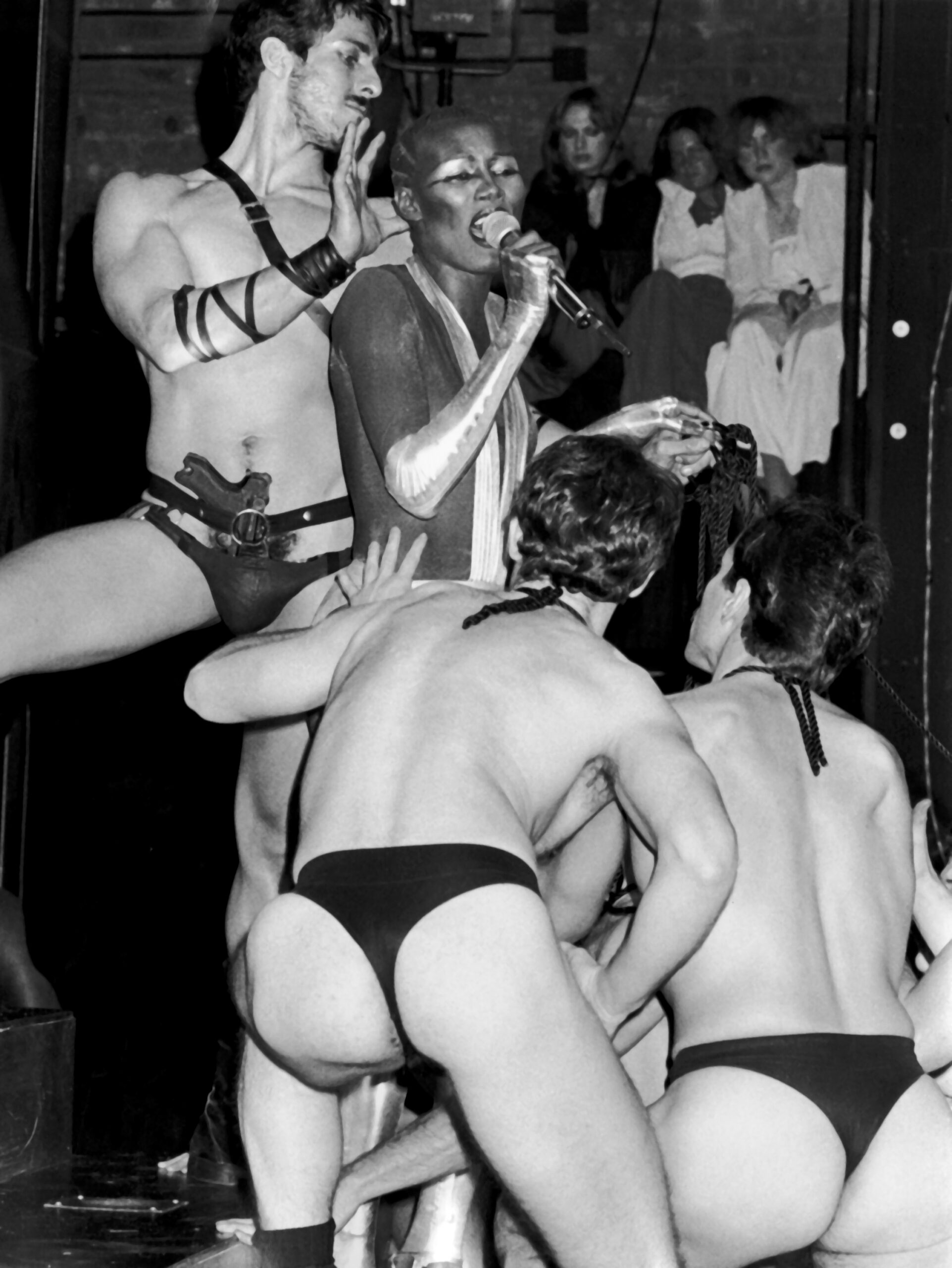
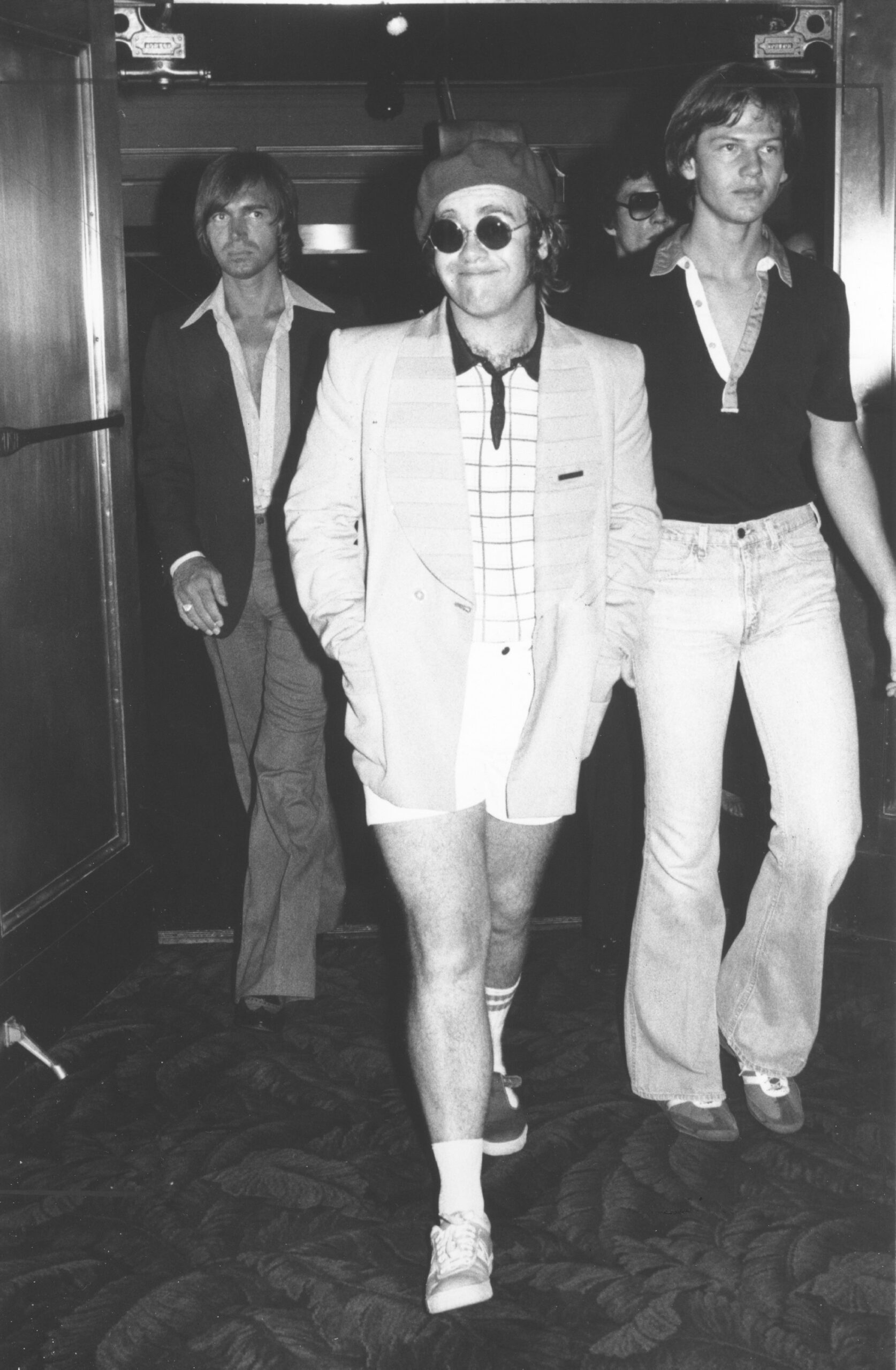



Video
Watch the video to see why Studio 54’s wild nights forced its doors to close!
Conclusion: The Timeless Appeal of Studio 54
Studio 54 is more than just a nightclub from the past—it is a symbol of a cultural revolution that changed the way we think about nightlife, art, and celebrity. From its extravagant parties to its legendary guest list, the club captured the imagination of an entire generation and left an indelible mark on popular culture. While its physical doors may have closed long ago, Studio 54’s influence can still be seen in the nightlife scenes of today. The club will always be remembered not just for its parties, but for its celebration of freedom, individuality, and the sheer joy of living in the moment.
